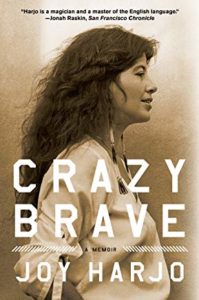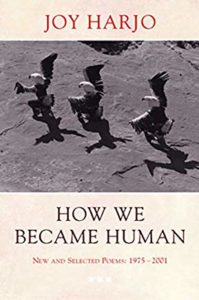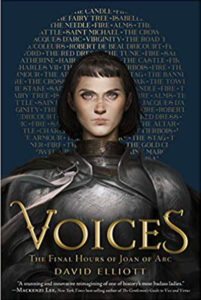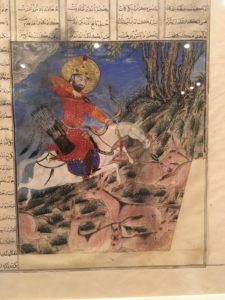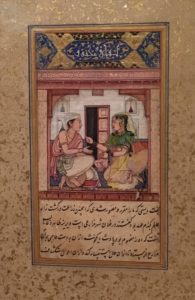Last month, the Massachusetts Medievalist traveled to the Sewanee Medieval Colloquium, which featured blooming spring flowers and engaging conversations about the Middle Ages. My role was to act as respondent to two fine papers in a session on Medieval Gender and Medieval Form; I want to focus here on my response to the second paper, Anne Spear’s “Anchoritic Affect: Gender and Form in þe wohunge of ure lauerd,” which won the conference’s award for best graduate student paper. (The wohunge appears only in British Library MS Cotton Titus D.18; open-access Middle English text here; unfortunately, it seems like there are no open-access Modern English translations, although I recommend Catherine Innes-Parker’s excellent 2015 edition and translation from Broadview.)
Spear’s paper made me think about our modern ideas about medieval authors, and about how we need to reconfigure those ideas, especially regarding anonymous texts that were made explicitly for women users. Herewith a version of part of my response to her work:
At Sewanee, Anne’s conclusions focused on how the Wohunge is ultimately “reflective of female experience” and she nuanced the distinction between what she termed the male author and the female voice of the text. In this distinction, she followed current scholarly consensus about the prayer’s authorship, although the Wohunge‘s first editor (Thompson, 1958) suggested that the author was probably female. Innes-Parker has discussed various manuscript evidences that show that the texts in the Wooing Group circulated independently from one another; Innes-Parker suggests copies on single sheets or in small booklets that would have been easy to handle and quick to copy among and for other potential users.
It could be my lack of familiarity with the critical traditions around the Wohunge group, but I have not been able to find any incontrovertible evidence that the “author” of this text is one person who is a man, or even one person who is a woman. From Innes-Parker’s presentation of the textual traditions, and from Spear’s excellent analysis of the female voice articulating its passions and desires, I suggest that we need to complicate our idea of authorship, especially for a text that obviously has a much more complicated history of transmission than its sole surviving manuscript witness. To take just the Wohunge as a single example — allow me to propose a narrative like the following:
In the English West Midlands in the first half of the thirteenth century, an aristocratic, professed religious woman asks her priest/confessor/scribe to create a prayer booklet for her that will allow her to read and recite as prayer texts some of the ideas he and she have been discussing in their conversations about her religious devotions and practices. He does so. When he first brings it to her, she reads it enthusiastically and then, the next week, asks him to make a fresh copy incorporating some changes and additions she would like to see. She especially wants the addition of “huniter,” “honey-drop,” since it reminds her of the beehives behind the house where she spent her childhood.
A month or so later, she asks him to copy those now-revised texts and send the small booklet to one of her female relatives, whose religious devotion is also well-known among their community and social networks. That woman is very pleased to receive this important gift, and before she asks her scribe/confessor/priest to copy the booklet as a gift for the local abbess, she asks him to expand the reference to the crown of thorns, since the local abbess is known to be especially devoted to the crown among the instruments of Christ’s passion. Perhaps she even specifically dictates the expanded lines to him –or, dare I suggest, to her?
Multiply similar exchanges numerous times both before and after Scribe B creates the text that we know from Cotton Titus D.18. Such a narrative conforms more closely to that of the “writers’ room” model that guides much of our modern television and film writing than to a default Romantic model of a single, implicitly male author individually creating an entire text.
Another potentially useful modern concept here is our culture’s current wrestling with the implications of open access and creative commons publishing. A number of media scholars have thought about the implications of medieval literary cultures as pre-copyright, of course, especially when the primary goal of most manuscript copying was adherence to rather than expansion of the original primary text. I wonder if the Wohunge group as well was something of an open-access group effort, only one stage of which is represented in Titus D.18.
Ultimately, we need to question more radically the idea of presumed individual male authorship of a fixed, unchanging text of the Wohunge, thus understanding the text we have of the Wohunge prayer as a text composed, revised, re-written, and tweaked by a variety of authors and users along its way to the form we have. This process would then function as a useful model in further analysis of this female-voiced text and indeed in the many anonymous texts that form the bulk of extant medieval literature.



